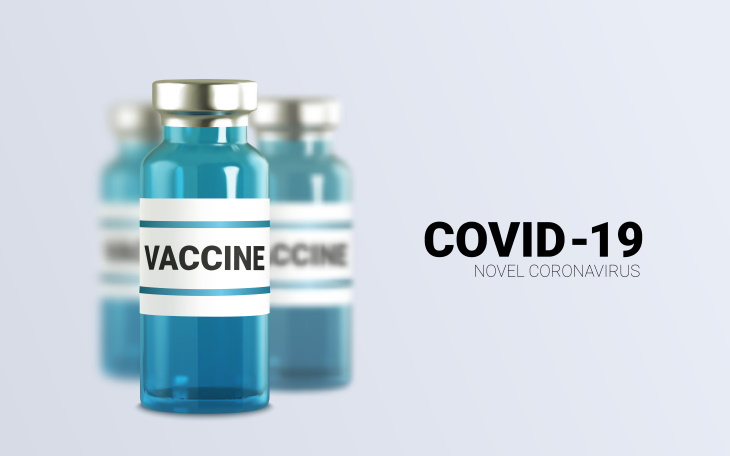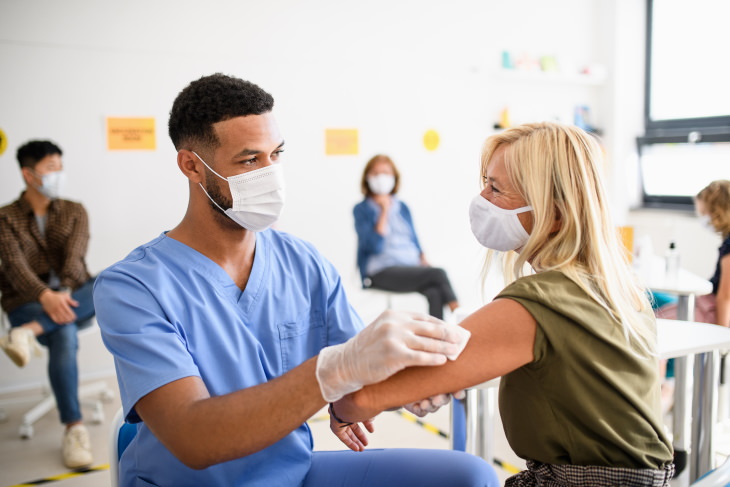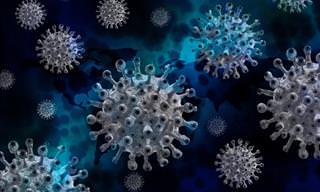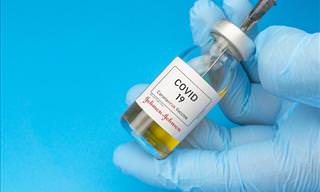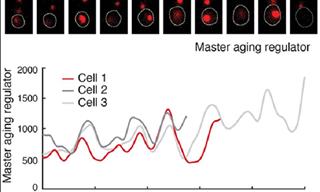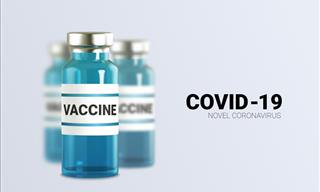How Do the Two Vaccines Compare?
Both the Pfizer and the Moderna vaccine have been developed using a brand new, never before used technology on humans that’s called messenger RNA (mRNA). This allowed the two companies to develop their vaccine candidates in record time. Traditional vaccines that inject a weakened pathogen in the patient’s bloodstream usually take years to develop from start to finish. For comparison, the fastest vaccine to be developed and approved in humans prior was the mumps vaccine and that took 4 years.
But there are also specific drawbacks to mRNA vaccines - they have to be stored at extremely cold temperatures to stay effective, and they must be administered twice. The Moderna vaccine consists of 2 shots that must be administered 1 month apart, whereas the time between the first and the second dose of the Pfizer vaccine is 3 weeks. Only after the second dose, the patient develops sufficient immunity.
This brings us to the question of effectiveness, and both vaccines have very comparable success rates - the Moderna vaccine promises an efficacy rate of 94.5% according to their latest human trial results as mentioned in a recent press release, and they also guarantee that their vaccine is capable of preventing severe cases of Covid-19, a new and very important claim.
Pfizer and BioNTech have likewise completed their final trials and raised the estimated efficacy of their vaccine from a previously promised 90% to an even higher number - 95%. These rates may change after the FDA trials, but Dr. Anthony Fauci, director of the National Institute of Allergy and Infectious Diseases stated that 94% is “as good as it gets”. A few months ago, Fauci told reporters that a vaccine that’s 70-75% effective would be acceptable.
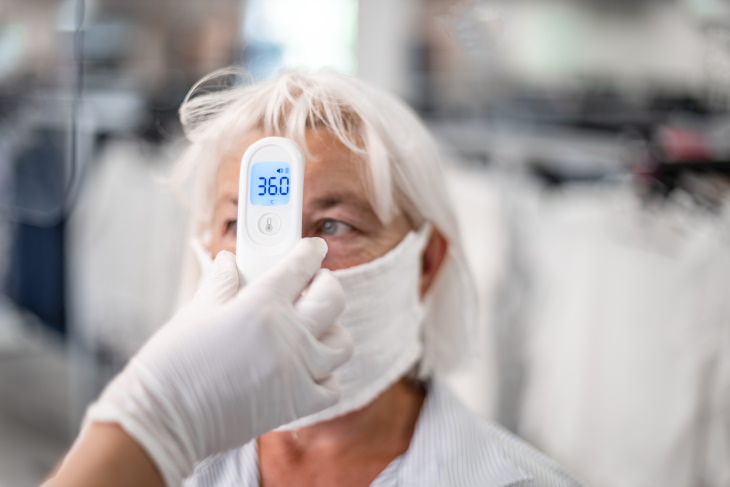
Probably the starkest difference between the two vaccines lies in their storage conditions. While both vaccines are stored frozen, the Moderna vaccine requires only a minus-20 degrees Celsius (-4°F) to stay active, and it can be kept for 1 month at ordinary refrigerator temperatures.
The Pfizer vaccine, on the other hand, must be stored at a steady minus-70°C (-94°F) and it must be used up within just 5 days once thawed. To make distribution easier, the company developed special cooler cases filled with dry ice. These very specific conditions may make the Pfizer vaccine more challenging to allocate to more remote and rural areas. Still, if both vaccines will be green-lit by the US Food and Drug Administration (FDA), both will be distributed because millions of people are waiting for a vaccine, and just one company won't be able to provide the needed supply for the entire country. To go around the cooling issue and make vaccine delivery easier, so-called freezer farms are already being built across the US and the rest of the world.
If you're wondering if one vaccine is better than the other, the answer is most likely no. As we've already mentioned, the efficacy and technology used to develop the two vaccines are very similar, and so are the side effects. Pfizer report that those who got the vaccine may experience pain in the site of the injection, a fever, and fatigue and Moderna mentions side effects like pain in the injection site and headaches. All of these are pretty standard side effects for any vaccination.
As of now, it’s challenging to make any further comparisons, as neither of the two vaccines has undergone peer review, which brings us to the next question.
When Will the Vaccines Become Available and Who Will Get Them First?
The FDA agreed to start reviewing the Moderna and Pfizer vaccines immediately under the Emergency Use Authorization conditions. It needs to be pointed out that this decision should not be taken lightly. After all, by fast-tracking the approval process, the FDA cannot guarantee that the vaccines will provide long-term immunity against the virus. This information will only be available months after the vaccines will have launched on the market when Moderna and Pfizer conclude follow-up trials.
However, given the vast spikes of new Covid-19 cases seen worldwide in the past months, we pretty much have no other choice than start vaccinating the most vulnerable and hope that with time, a herd immunity to the virus will develop and the pandemic will be over. That’s why within less than a month, the FDA will have already assessed whether or not each vaccine is safe to use, effective, and can be safely distributed.
If both vaccines will be approved, by the end of December, the CDC will start giving the vaccines to high-priority individuals. These include medical staff, essential workers, the elderly, and those at risk of developing a severe case of Covid-19.
Both companies have promised to provide the US with 40 million doses of the Covid-19 vaccine by the end of the year, which means that 20 million people could be vaccinated. The vast majority of the population, however, will probably not get the vaccine until April. As Dr. Fauci stated to the Washington Post, “I would say starting in April, May, June, July — as we get into the late spring and early summer — that people in the so-called general population, who do not have underlying conditions or other designations that would make them priority, could get vaccinated.”
Still, there are many open-ended questions surrounding the vaccine left. For example, it isn't clear if children will be able to receive either vaccine. For example, Pfizer reported that they only tested their vaccine in people 12 and older. Hopefully, this and other issues will be cleared out in the coming weeks, we'll keep you updated.
Share this article with family and friends!
 Go to BabaMail
Go to BabaMail


